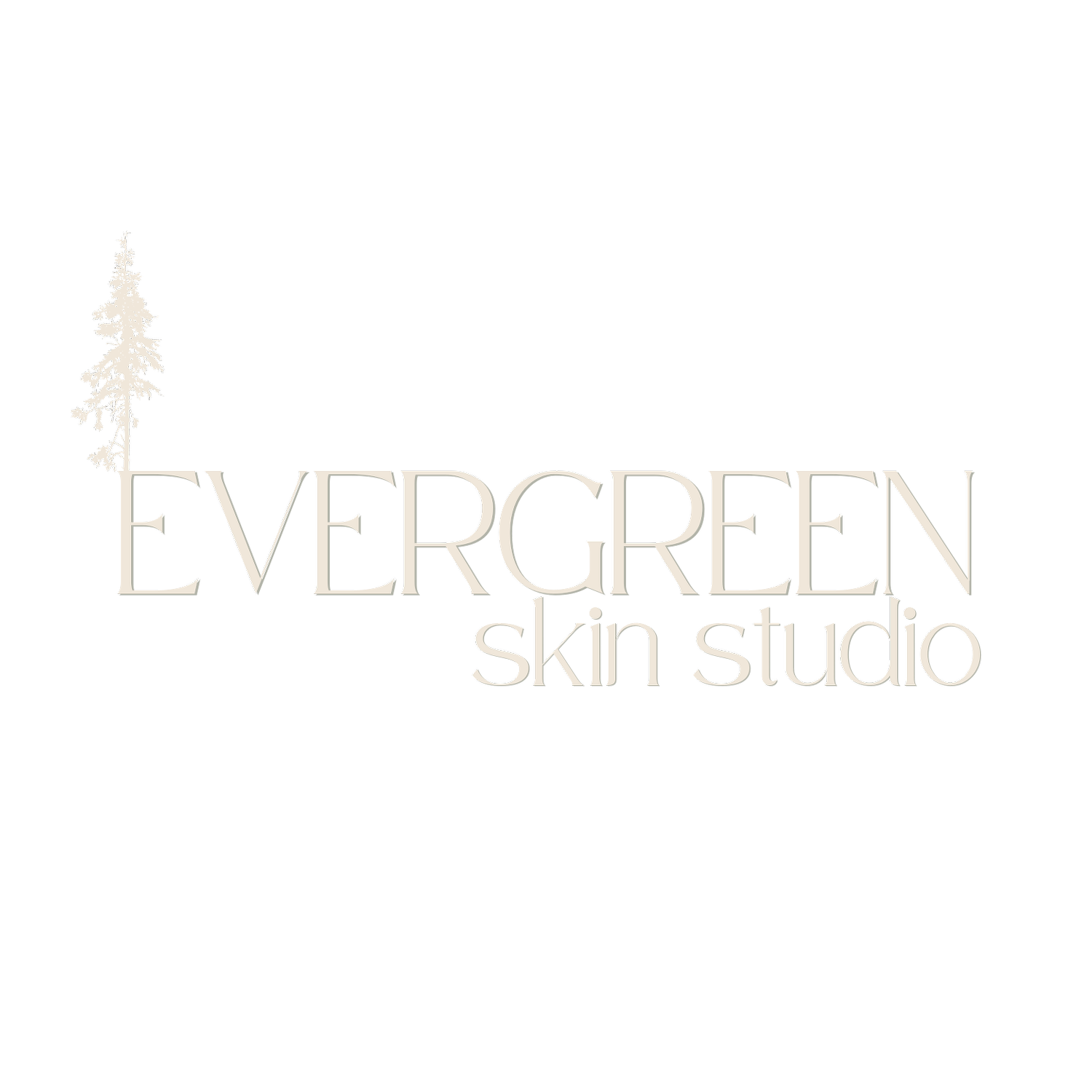The Truth About Collagen: How to Support Your Skin from the Inside Out
Collagen is often talked about like a magical fix for aging.
The truth is, it’s not magic. It’s biology. And if you understand how collagen works, you can actually encourage your skin to make more of it, naturally.
Why Collagen Matters
Collagen is the main structural protein in your skin, holding everything together like scaffolding. As we age, that scaffolding breaks down leading to fine lines, sagging, and a loss of bounce. Some experts even compare aging skin to scurvy (yes, that old sailor’s disease) because both involve a breakdown in connective tissue. One big reason? Vitamin C deficiency.
Step One: Reconsider Your Vitamin C Intake
The RDA for vitamin C is just enough to prevent diseases like scurvy—not enough to optimize skin health. Your body needs more to support healthy collagen synthesis. Since your body can’t store vitamin C long-term, consistent intake from food or supplements is essential.
Top tip: Look for vitamin C-rich foods like bell peppers, kiwi, strawberries, and leafy greens or use a high-quality supplement to fill the gaps.
Step Two: Feed Your Skin from the Inside
Collagen supplements have gained popularity for good reason. While they don’t directly add collagen to your skin, they do stimulate your body’s healing response. When you consume collagen peptides, your body perceives them as a sign that repair is needed and ramps up its own collagen production in response.
Don’t forget about food sources either. Organ meats like liver and kidney are packed with nutrients that support connective tissue health, though they’re not everyone’s favorite. Bone broth is another great option.
Step Three: Turn It On with Skincare and Treatments
Certain topical ingredients and professional treatments can flip the switch on collagen production. Two of the most researched options are:
- Retinol: A well-formulated retinol product increases cell turnover and boosts collagen synthesis over time. Start slow and be consistent.
- Microneedling: Also known as collagen induction therapy, this in-office treatment creates tiny micro-injuries in the skin, which triggers the body’s natural repair process, including collagen production.
Step Four: Move Your Body
Yes, exercise really does help your skin. Regular movement improves circulation, which delivers more oxygen and nutrients to your skin cells. Plus, studies suggest that exercise may directly stimulate collagen production in connective tissue. Yet another reason to find a way to move that you actually enjoy.
Final Thoughts
You can’t stop the aging process but you can support your skin in aging well. Collagen isn't just something you apply or swallow. It's part of your entire system. It’s affected by what you eat, how you move, how you care for your skin, and the nutrients you get every day. The good news? You have more control than you think.

